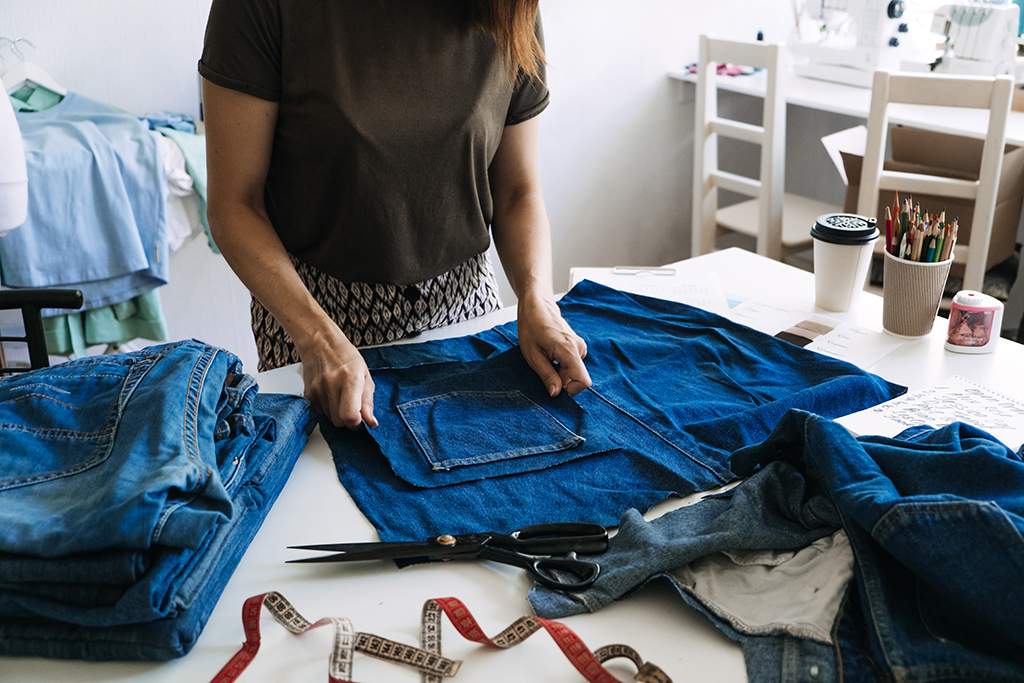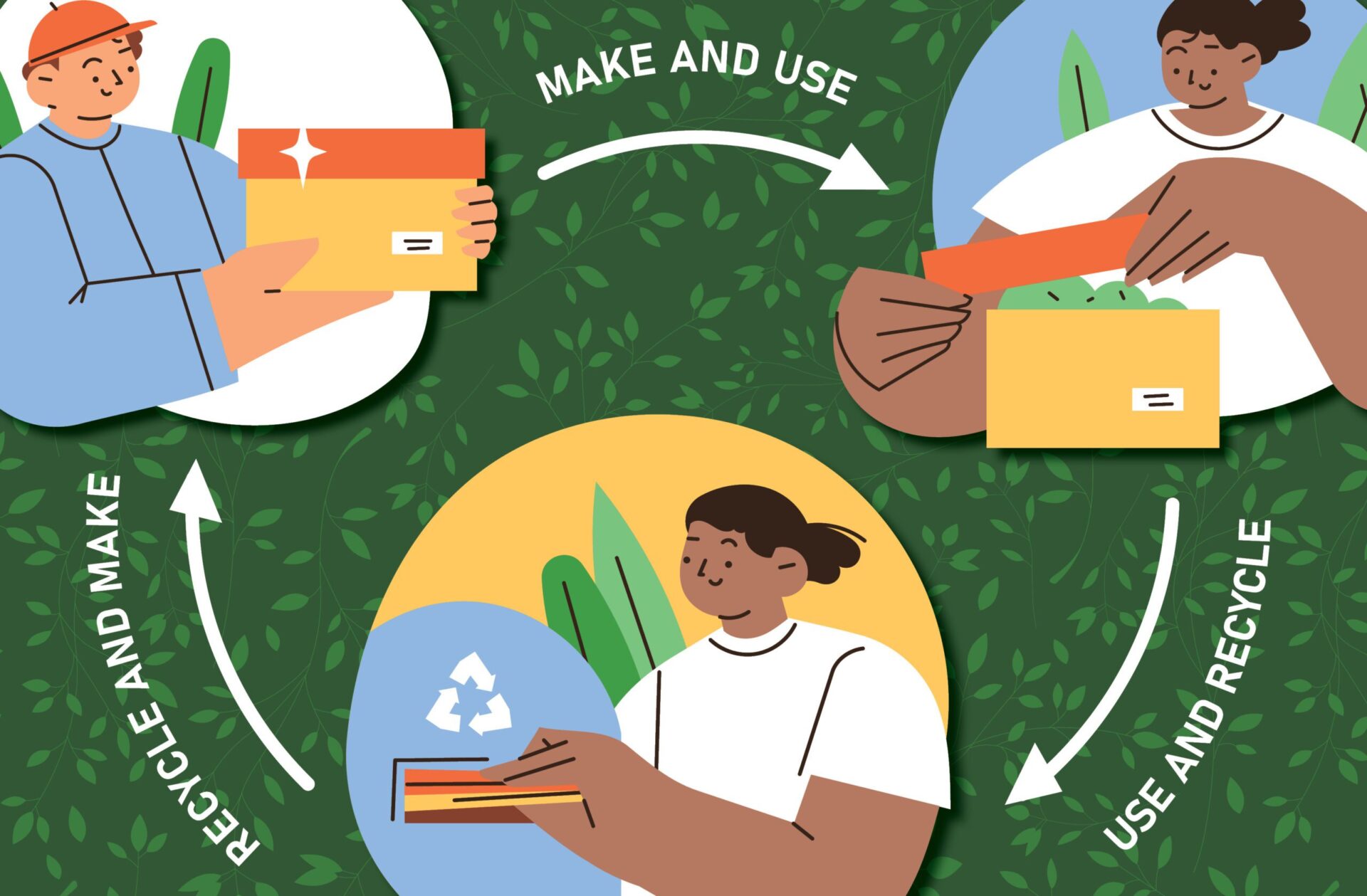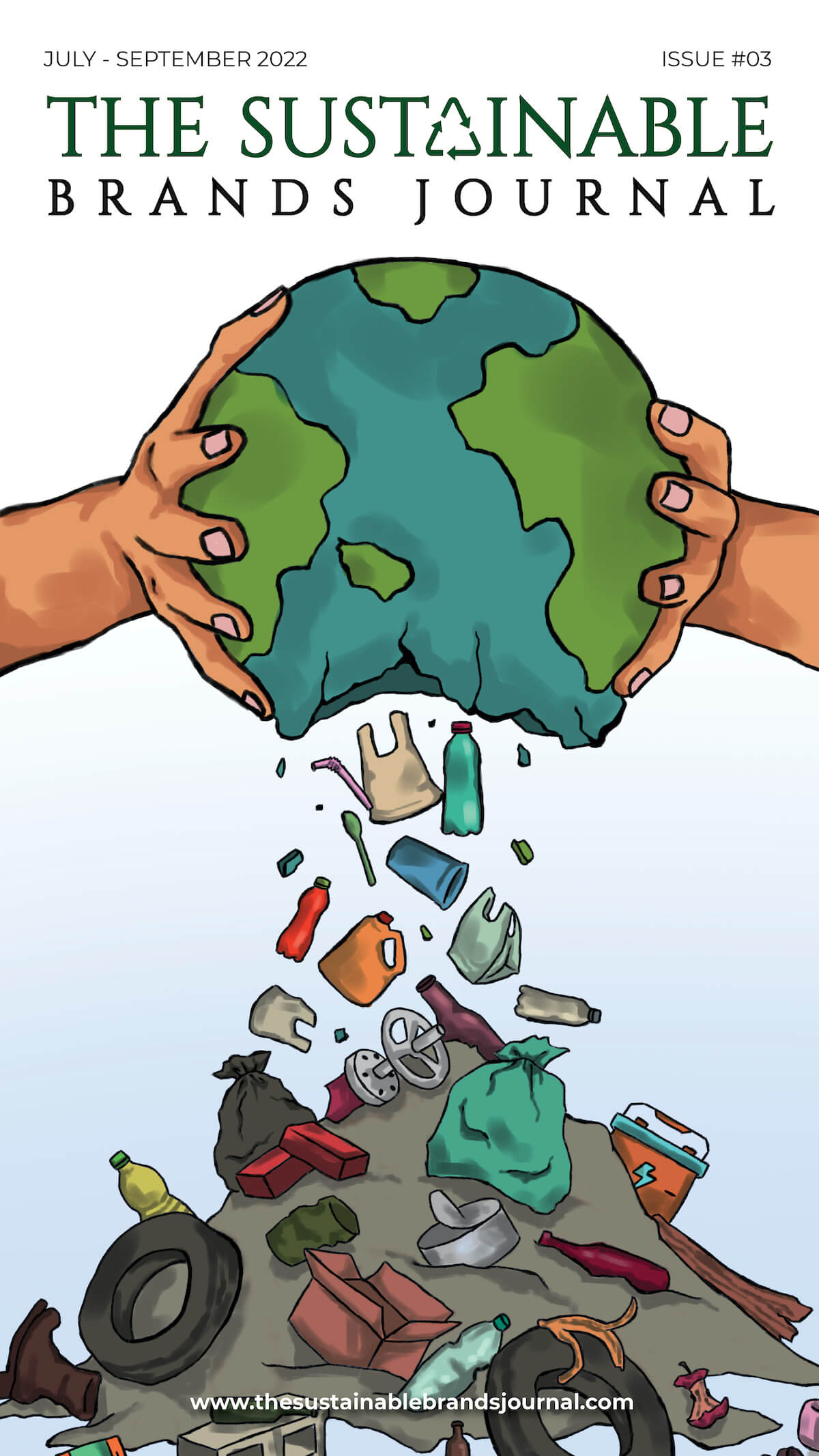
Towards A Sustainable Future: Eco-wakening
Infinite growth of material consumption in a finite world is an impossibility. The sustainability movement in fashion has come a long way from its humble origins. In today’s light, all brands face backlash for their failed attempts at listening to the call of change, and the digital world isn’t any easy on them either, scrutinising ethics and overall sustainability. The prêt-à-porter fashion and straight-off-the-runway style have resulted in rapid production, which comes at the expense of workers, communities and the environment.
Although technology has changed what the fashion season looks like, with 2020’s London Fashion Week held digitally, the space saw dominating ethical brands like never before.
Let’s talk about sustainability
As the dictionary defines sustainability, avoidance of the depletion of natural resources to maintain an ecological balance. With the term’s increasing fame and use, so has the term’s progressive awareness. This awareness has brought the serious impact of our clothes on the environment to the limelight. Fashion just covers a few branches of sustainability’s vast and dense tree. The term acts as an umbrella for clothes or goods that can be essentially “sustained.”
The effect of sustainability on fashion
Fashion is key to a discussion around sustainability, as the term has predominantly attached itself to fashion and the environmental impacts of making, wearing and caring for and disposal of clothing. The fact is it takes a huge amount of water and chemicals used to create a single garment. For this glamorous industry to start accepting sustainable values, the brands need to work towards developing a circular system, whereby garments can be recyclable, reducing the need to create virgin fibres. Although the industry players are pursuing this trait, it will take time. And that’s why CO2 emission, reducing pollution and waste, addressing overproduction, supporting biodiversity and ensuring garment workers’ fair wages and safe working conditions, are all crucial parts of the sustainable matrix.

A peek into the present and the future
Even though many brands are trying to change the narrative, too few brands are tackling complex issues, and there’s a lot of room for improvement. We as consumers need to rethink our consumption of clothes, buying “sustainable” labels isn’t good enough. We need to monitor our purchases, our purchasing powers and our buying habits. Buying less, buying better, while investing in sustainably and ethically valued brands, shopping second hand, thrifting clothes and buying vintage, are just a few of the ways we can monitor and indulge in this guilty pleasure. Avoid greenwashing, watching out for harmful chemicals, reducing water footprint and knowing materials, aids in making the right decision while reducing fashion’s environmental impact.
Understanding ethical fashion
Even with the exponential growth sustainably and ethically, shopping through online channels despite the pandemic, consumers couldn’t find clothing at brick-and-mortar stores. And it is sure to rise despite the high costs associated with ethical fashion. This is primarily due to the growing awareness of sustainable and ethical clothing. The ethical market of clothing consists of sales of clothing by entities primarily engaged in designing, producing, selling and purchasing ethical apparel. Looking into the future, growing awareness, social media, e-commerce growth and government initiatives are likely to drive the market.
Why is there a sudden rise in sustainable fashion brands?
The amplified conscientiousness of environmental impacts has brought on tangible results, with everyday consumer’s trying and investing in sustainable goods. Along with this, there is a growing need for environmentally friendly packaging that is easily recyclable.
- Along with a good product, shoppers expect more now. They look for quality, products and brands that align with their values and personal beliefs.

- With the customer’s changing sentiment for sustainable fashion, they are now making significant lifestyle changes to reduce the damage caused. It’s around 60% of surveyed consumers that are going out of their way to purchase products with eco-friendly packaging and recycling.
- The digital-first natives are increasingly assuming monopoly over spending power as well as finding themselves with access to a plethora of information on the fashion’s environmental implications, which have subsequently funnelled into their purchasing patterns and habits.
- The fashion industry being one of the biggest culprits causing pollution, protecting the environment must top the list. This means, taking climate change seriously and buying wisely.
- As per the accumulating evidence, consumers impacted by the perceived sustainability of a brand are willing to pay a good premium for the products that value sustainability over non-sustainable brands.
- While value and ease remain prime driving factors for any purchase, sustainability is becoming a big factor as well.
- With some brands going far and beyond with their efforts to make the sustainable dream a reality, from using the right fabrics used to correcting the manufacturing processes, even to the hangers used in-store, chosen carefully to minimise carbon footprint.
- Although there are yet many shoppers that don’t consider sustainable living a priority, the idea of “doing good’ is tempting.
- Social Signaling is a theory that talks about buying certain things due to our surroundings, and pressures. And consuming and purchasing sustainable products signals that we’re environmentally conscious. Using Social Signaling to the nature’s benefit.
Onwards and upwards Walking towards a sustainable future will come with primarily changing purchasing habits. While the role of ethics in fashion often finds itself going back and forth across the well-worn trajectory, the change brought in has helped the industry discover more ethical iteration of consumerism. The future is definitely inclined towards sustainable businesses and practices, and the industry and consumers need to catch up. While we find many consumers ready for this change and excited about such an investment, we are still concerned with the ongoing nature damages. Following a sustainable lifestyle will provide the much-needed revolution, it will also provide the “feel good and do good” factor. And like Vivienne Westwood said, “Buy less. Choose well. Make it last.”





